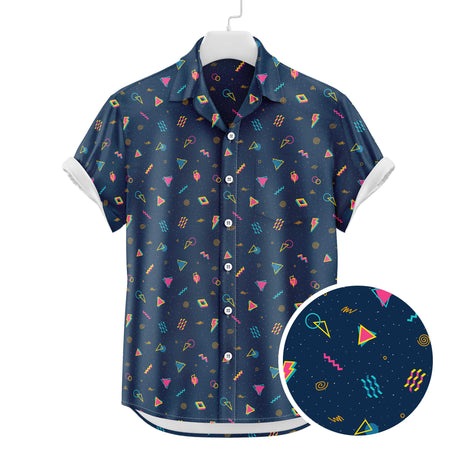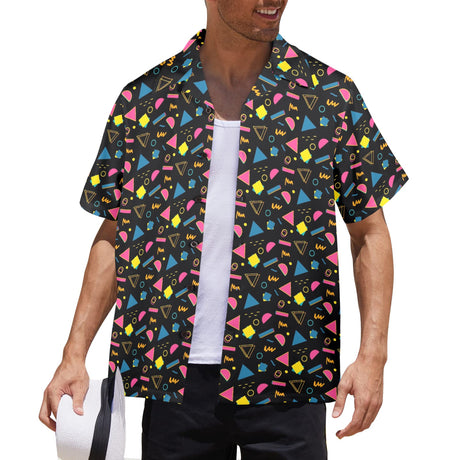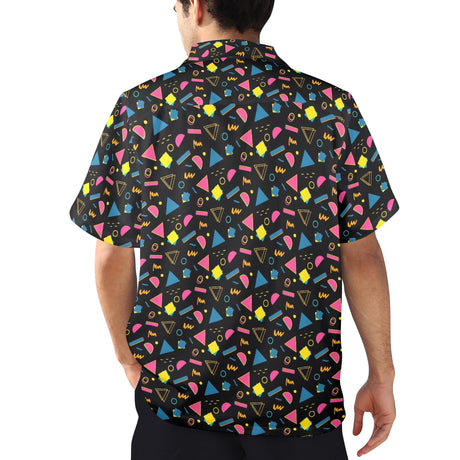Have you ever wondered what those colorful, underwater structures are that you see in documentaries or on your tropical vacation? Well, my friend, those are corals! And let me tell you, they are more than just pretty decorations in the ocean. They are the superheroes of marine ecosystems, working tirelessly to support a diverse array of marine life. Let's dive in and explore what coral is and what it does!
What exactly is coral?
Before we get into the nitty-gritty, let's start with the basics. Coral is not just a single organism, but a colony of tiny animals called polyps. These polyps have a soft body and a hard, protective exoskeleton made of calcium carbonate. They come in a variety of shapes, sizes, and colors, making coral reefs some of the most vibrant and awe-inspiring ecosystems on Earth.
What does coral do?
Now that we know what coral is, let's talk about what it does. Coral reefs are like bustling cities underwater, providing homes, food, and protection for countless marine species. They are often referred to as the "rainforests of the sea" due to their incredible biodiversity. Coral reefs support approximately 25% of all marine life, despite covering less than 1% of the ocean floor. Talk about a bustling neighborhood!
One of the most important roles of coral reefs is providing a habitat for fish and other marine organisms. They offer shelter from predators, breeding grounds, and a buffet of tasty treats. Without coral reefs, many species would be left homeless and hungry.
But coral reefs don't stop at being a cozy home for marine life. They also play a crucial role in protecting coastlines from erosion and storm damage. The complex structure of coral reefs acts as a natural barrier, absorbing the energy of waves and reducing their impact on the shore. So, next time you're enjoying a day at the beach, thank the corals for keeping the sand where it belongs!
Furthermore, coral reefs are like the superheroes of the carbon cycle. They have the incredible ability to remove carbon dioxide from the water and store it in their skeletons. This process, known as calcification, helps regulate the acidity of the ocean and contributes to the overall balance of our planet's climate. So, coral reefs are not just pretty faces; they are actively fighting climate change!
The challenges facing coral reefs
Unfortunately, coral reefs are facing numerous threats, putting their superhero status at risk. Climate change, pollution, overfishing, and destructive fishing practices are all taking a toll on these delicate ecosystems. Rising ocean temperatures and ocean acidification caused by increased carbon dioxide levels are particularly harmful to coral reefs, leading to a phenomenon known as coral bleaching, where corals expel the colorful algae that live within their tissues and provide them with nutrients.
It's not all doom and gloom, though! There are dedicated scientists, conservationists, and individuals around the world working tirelessly to protect and restore coral reefs. From coral nurseries to artificial reef structures, innovative solutions are being developed to give these underwater superheroes a fighting chance.
In conclusion
Coral reefs are not just beautiful underwater landscapes; they are vital ecosystems that support a staggering amount of marine life. From providing homes and food to protecting coastlines and fighting climate change, corals are true superheroes of the sea. So, let's do our part to protect and preserve these incredible organisms, because without them, our oceans would be a lot less colorful and vibrant!
















